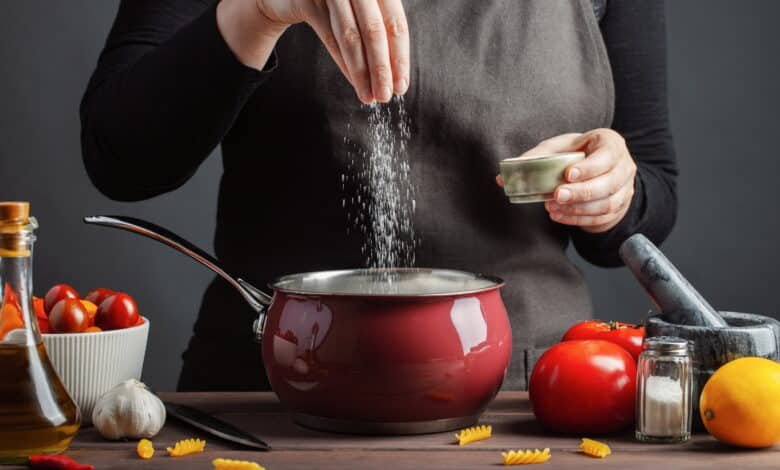
Baking and Cooking Tips. Make sure that all the ingredients are properly measured. To ensure that the dish turns out great, make sure each ingredient is in the right amount and adjust them according to the recipe.
. Organize Equipment and Workstation
Before a dish is cooked, ensure all the equipment and tools are on hand, and the workstation is clean. Preparation includes preheating the oven, ensuring knives are sharp, and gathering all the necessary kitchen tools.
. Follow the Recipe or Pay Close Attention to Ingredient Ratio
Follow the ingredient proportion to achieve the specific style of the dish. Always check the dish’s flavor when preparing it or replace additive compounds with herbs, spices, or fat.
In conclusion, recipes have stood the test of time, and it is important to respect the traditional recipe. However, always be sure to make the necessary modifications to achieve a unique final product that is flavored to one’s liking. After reading the information provided in the article, it becomes evident that extensive preparation and attention to detail are the keys to successful baking and cooking.
Tips for Cooking and Baking
This means chopping vegetables, measuring out spices, and preparing your protein. Another foolproof way to work more efficiently is to prep everything beforehand – similar to how professional chefs do it.
2.1. Invest Time into Seasoning Properly
Seasoning can make a huge difference in how the final product tastes. Then, taste your food as you cook it and season it as needed with salt, pepper, herbs, or added spices. Herbs usually have a milder taste when fresh, as opposed to dried, so add them to your food at the very end.
2.2. Understand Proper Cooking Techniques
Different cooking techniques can provide you with different results. For example:
Searing, where compound a chemical reaction that caramelizes the protein in the meat to give it its brown color;
Sautéing, which cooks vegetables quickly whilst retaining their texture;
Simmering, where the flavors melt together in soups and stews;
all provide you with a vastly different texture and taste.
2.3. Control Heat
Proper heat control is another unmissable aspect of cooking. Use high heat for stir-frying and other methods where you need to cook food quickly, medium heat for the majority of dishes, and low heat for simmering and keeping food warm. However, make sure that you adjust the heat of the stove or switch the regulators to avoid burning your food.
2.4. Let Meat Rest
After you have cooked meat, let it sit for a few minutes before you slice it. This lets the juices redistribute back into the meat, making it juicier and more flavourful.
3.1. Baking Substitutes
The most common baking substitutes are as follows:
All-purpose pastries work the best as they are neutral, while you can use gluten-free flour blends in case of allergies;
Sugar cannot be substituted with sweetness enhancers but can be replaced with brown sugar or honey. However, in the latter cases, you will need to change the liquid proportions in the recipe;
3.2. Cooking Substitutes
The most common cooking substitutes are:
Cream, which can be substituted with milk to which you add a spoonful of flour or corn starch in order to thicken it;
Soy sauce, for which you can use tamari if you are allergic to gluten.
Beside Herbs: Dried herbs are generally more concentrated substitutes. Consequently, be sure to reduce the quantity of dried herbs. Development of Culinary Skills 4.1. Purchase and Use High-Quality Tools High-quality kitchen tools will make a huge difference. Therefore, high-quality knives, cutting boards, and other cookware not only allow one to cook better but also faster. 4.2. Experiment with: Please try new recipes and cuisines. Cooking will never get boring and tasteless if you try to learn the art of various cuisines




